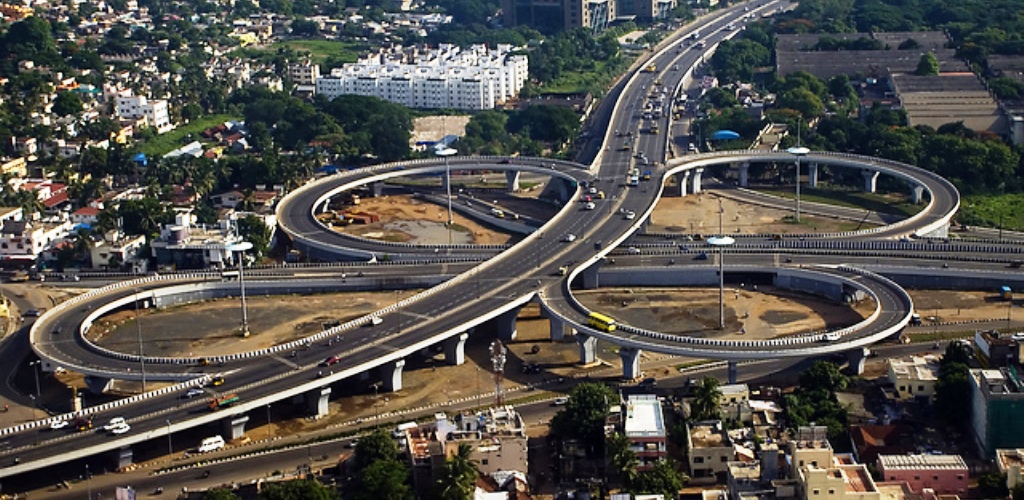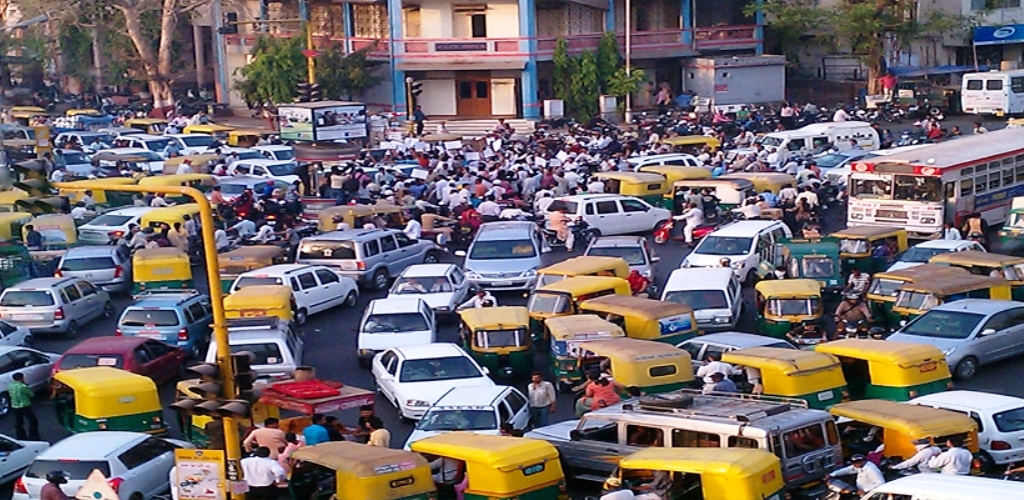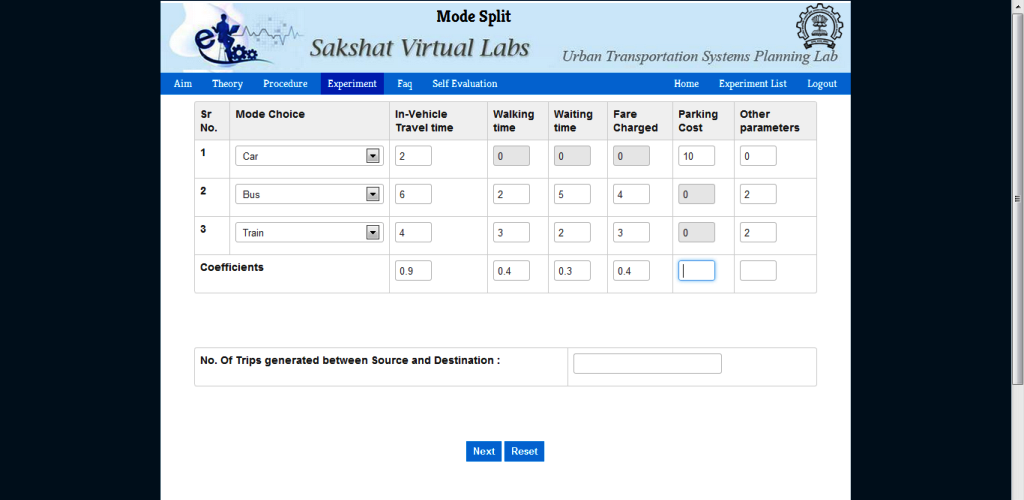The First step of tradition travel demand model is trip generation, which uses socioeconomic data to estimate both the total number of trips generated and attracted by each zone. The majority of trip-generation studies require multiple regression analysis to develop the prediction equations for the trips generated by various types of land use. Stepwise regression analysis programs allow the analyst to develop and test a large number of potential regression equations using various combinations and transformations of both the dependent and independent variables. Category analysis is a technique for estimating the trip production characteristics of households, which have been sorted into a number of separate categories according to set of properties that characterize the household.
The next step is the allocation of these trips from each zone to various other destination zones in the study area using trip distribution models. The output of the above model is a trip matrix, which denotes the trips from each zone to every other zone.
In the succeeding step the trips are allocated to different modes (car, two-wheeler, transit, walk, etc) based on the modal attributes using the modal split models. It divides the trip matrix for various modes generated to a mode specific vehicle type trip matrix. In Last step, called as traffic assignment, each trip matrix is assigned to the route network of that particular mode using the trip assignment models. There are the different types of traffic assignment models, such as, All-or-nothing, User-equilibrium, System-optimal assignment, and stochastic assignment and dynamic assignment. The primary output of traffic assignment is the link flows from which other outputs such as travel time, emissions, etc. can be derived.
Most current travel forecasting process use some form of the sequential models. The sequential model structure usually composed of four phases namely trip generation, trip distribution, modal split and route assignment. The process of travel-demand forecasting essentially consisting of these four distinct stages is also known as four stage UTP process.To begin exploring Travel Demand Forecasting, click on the respective links given below :









